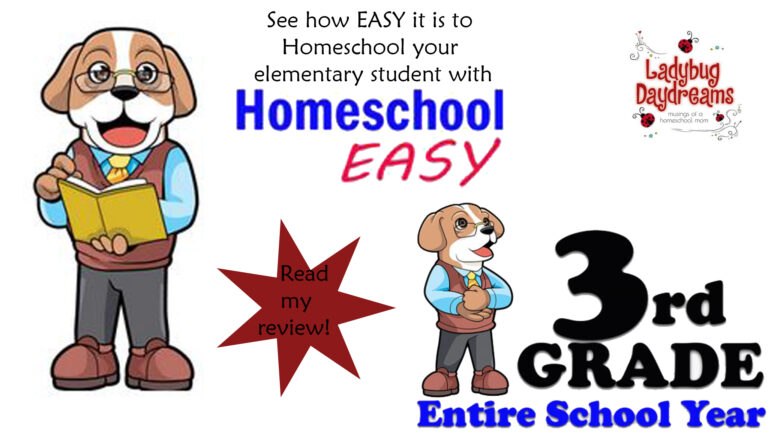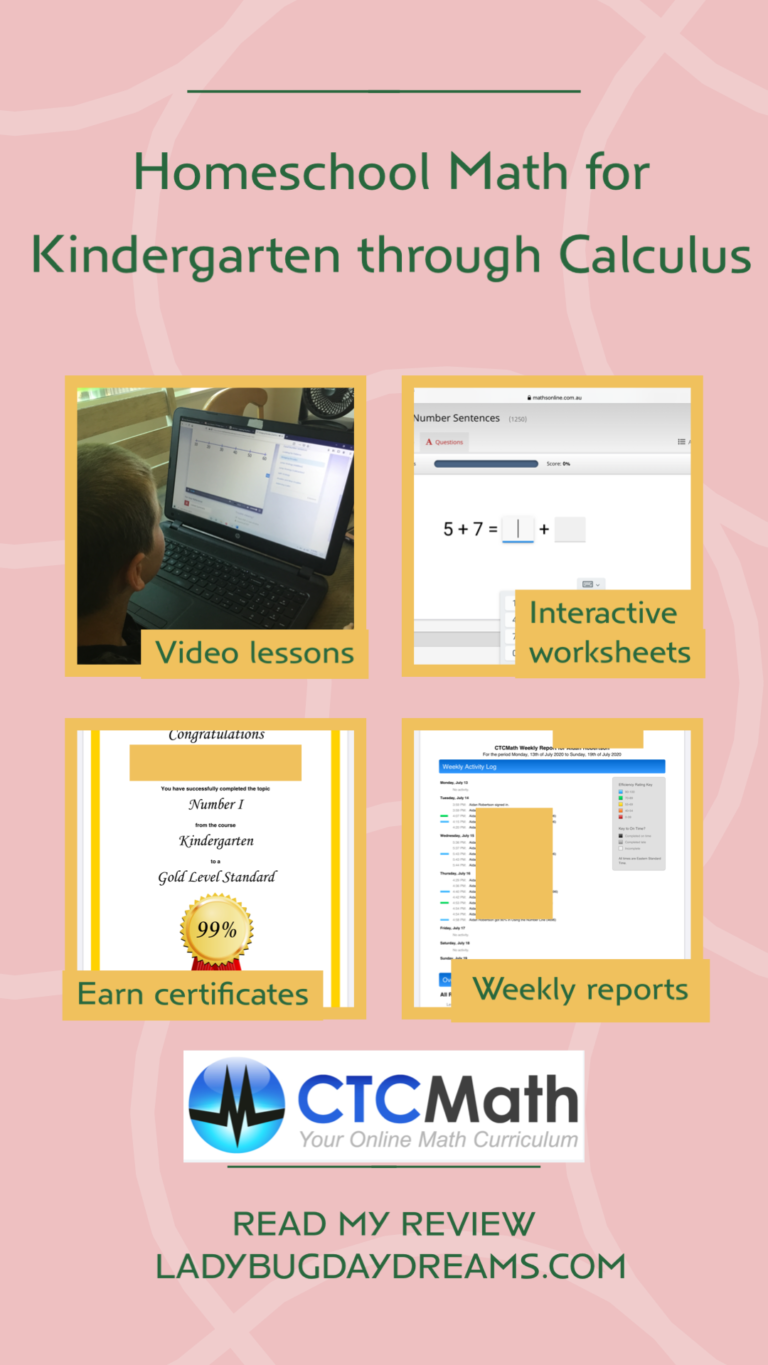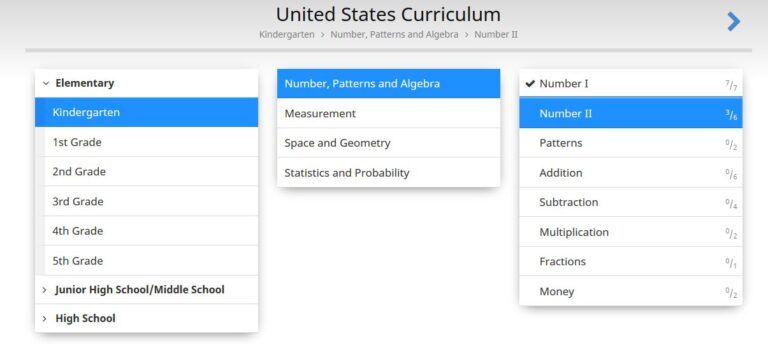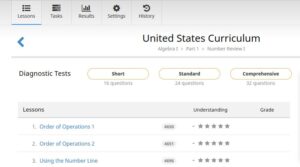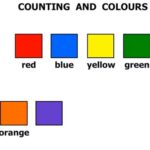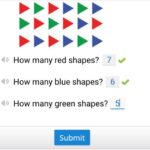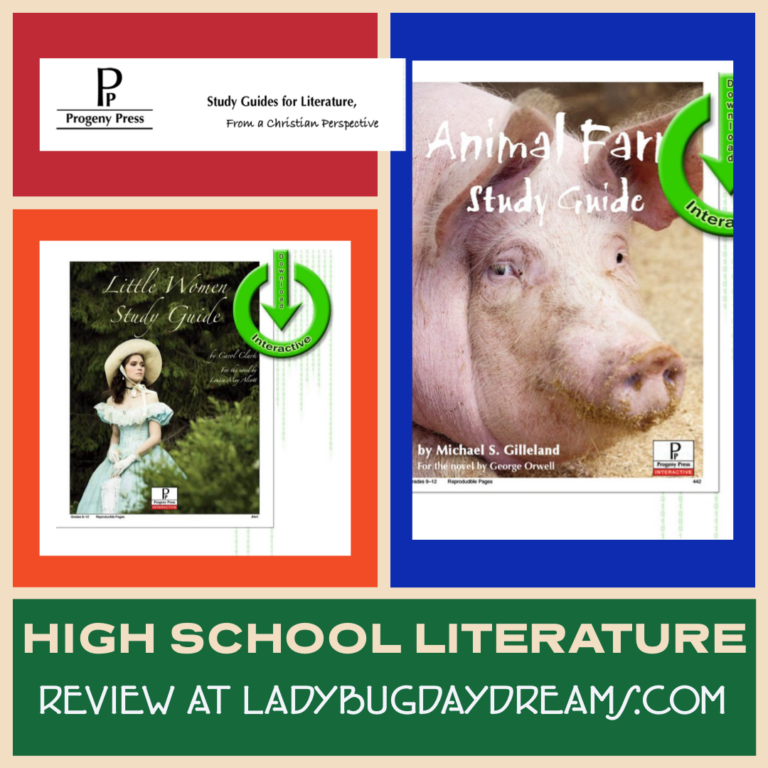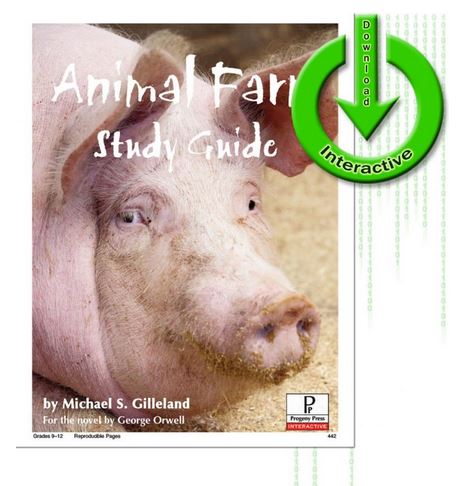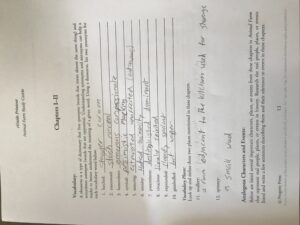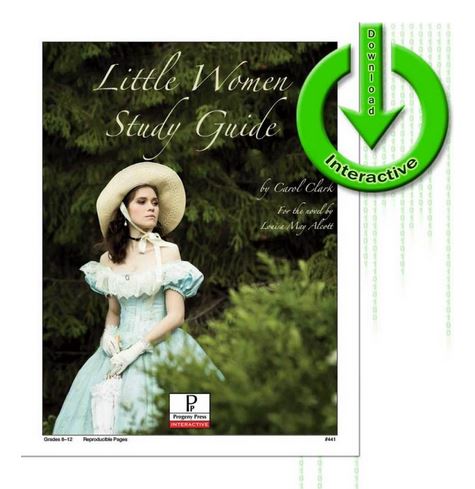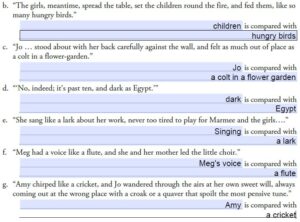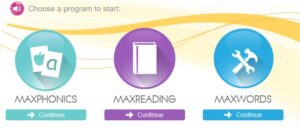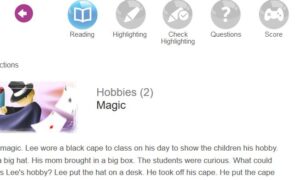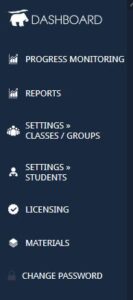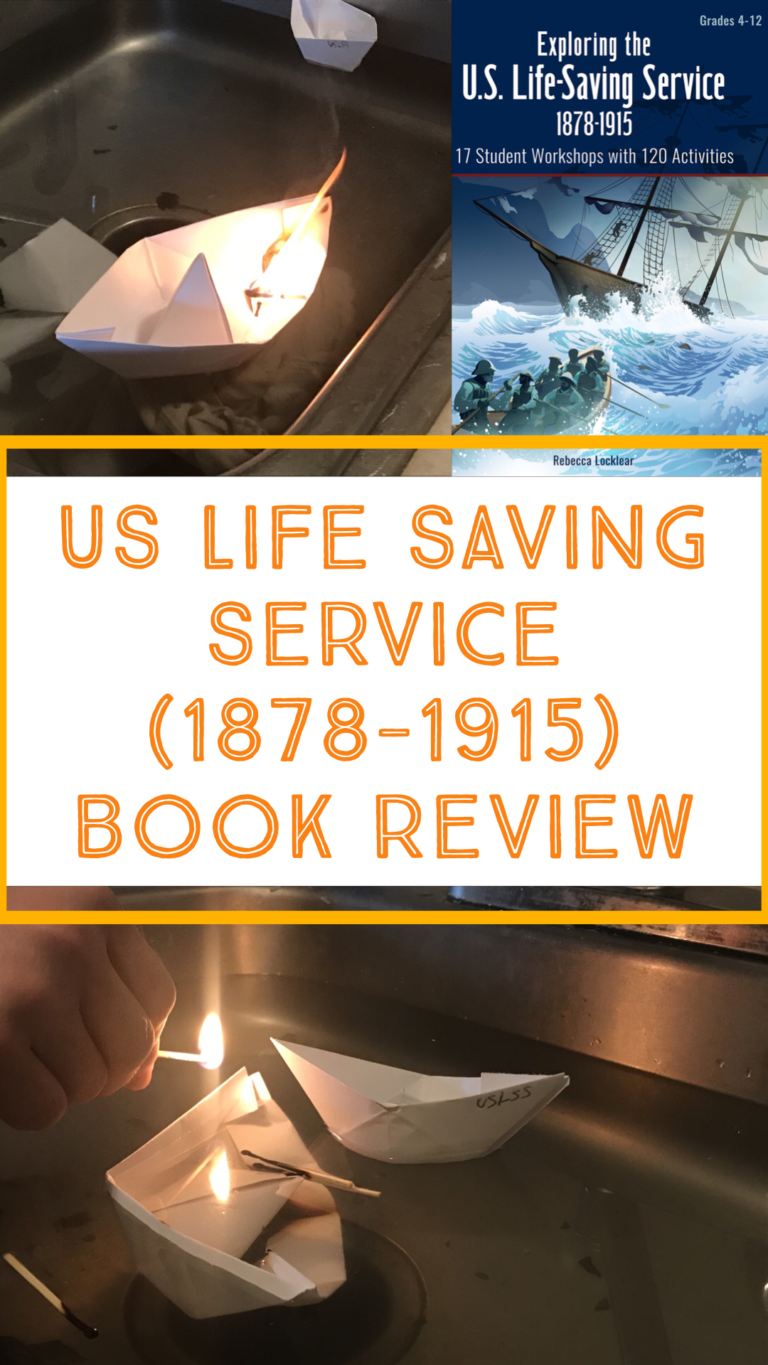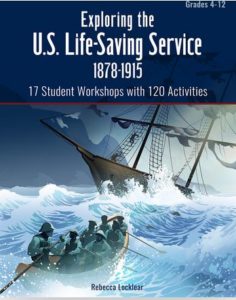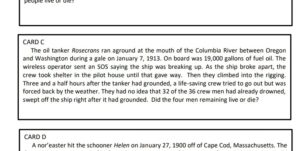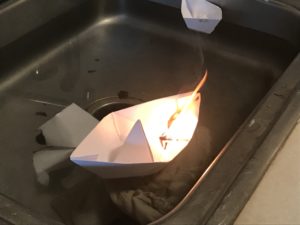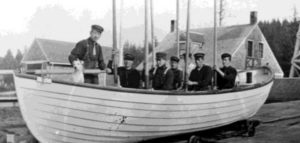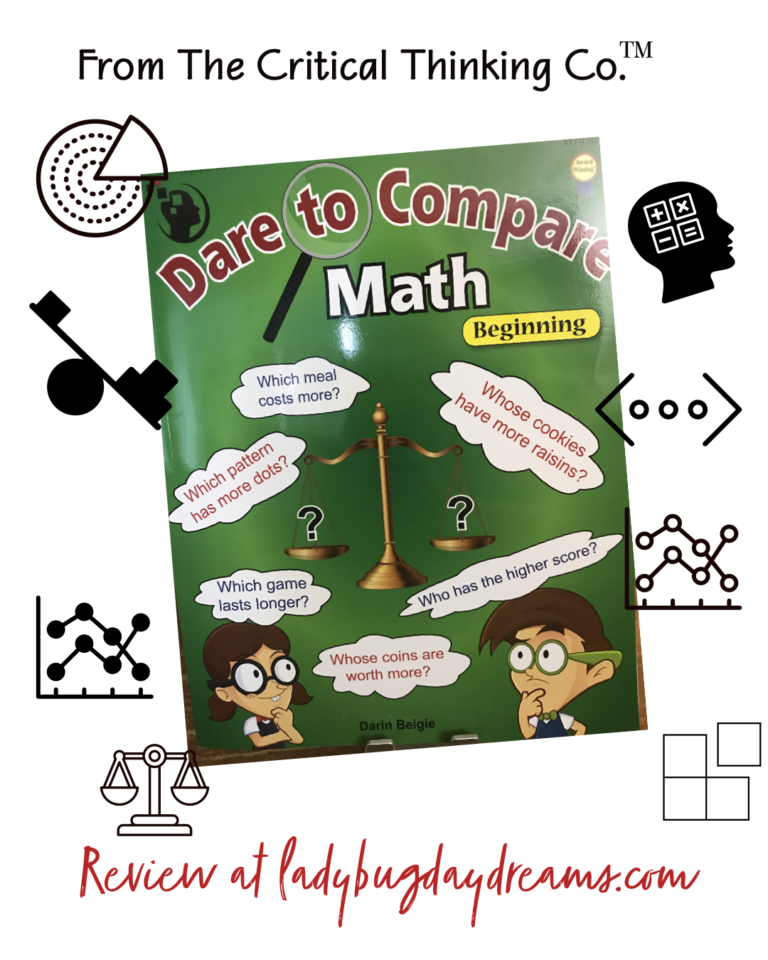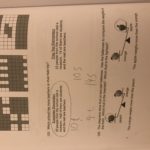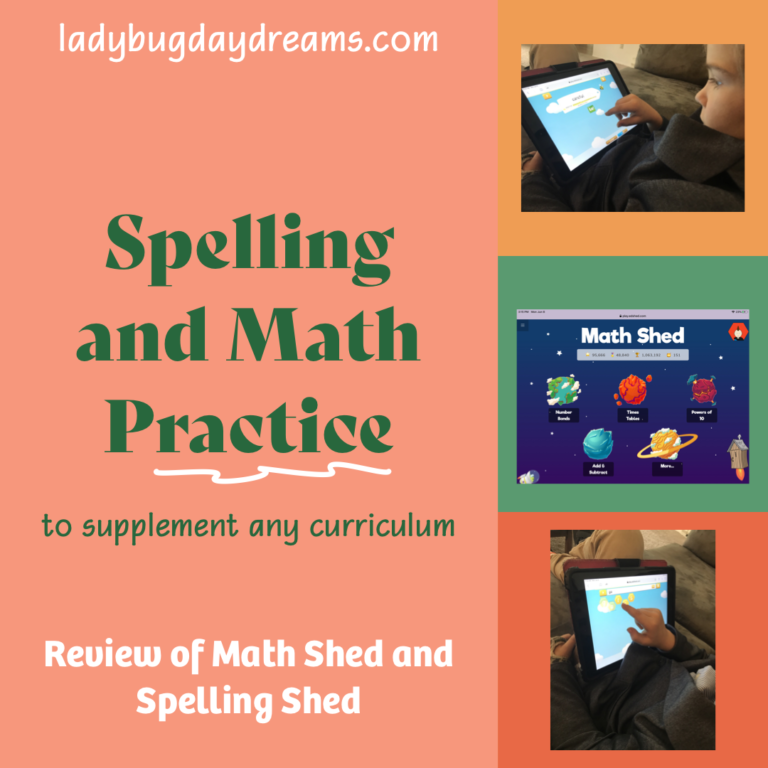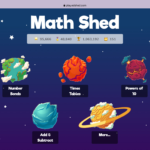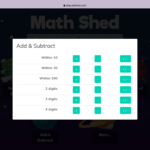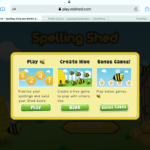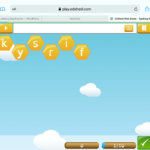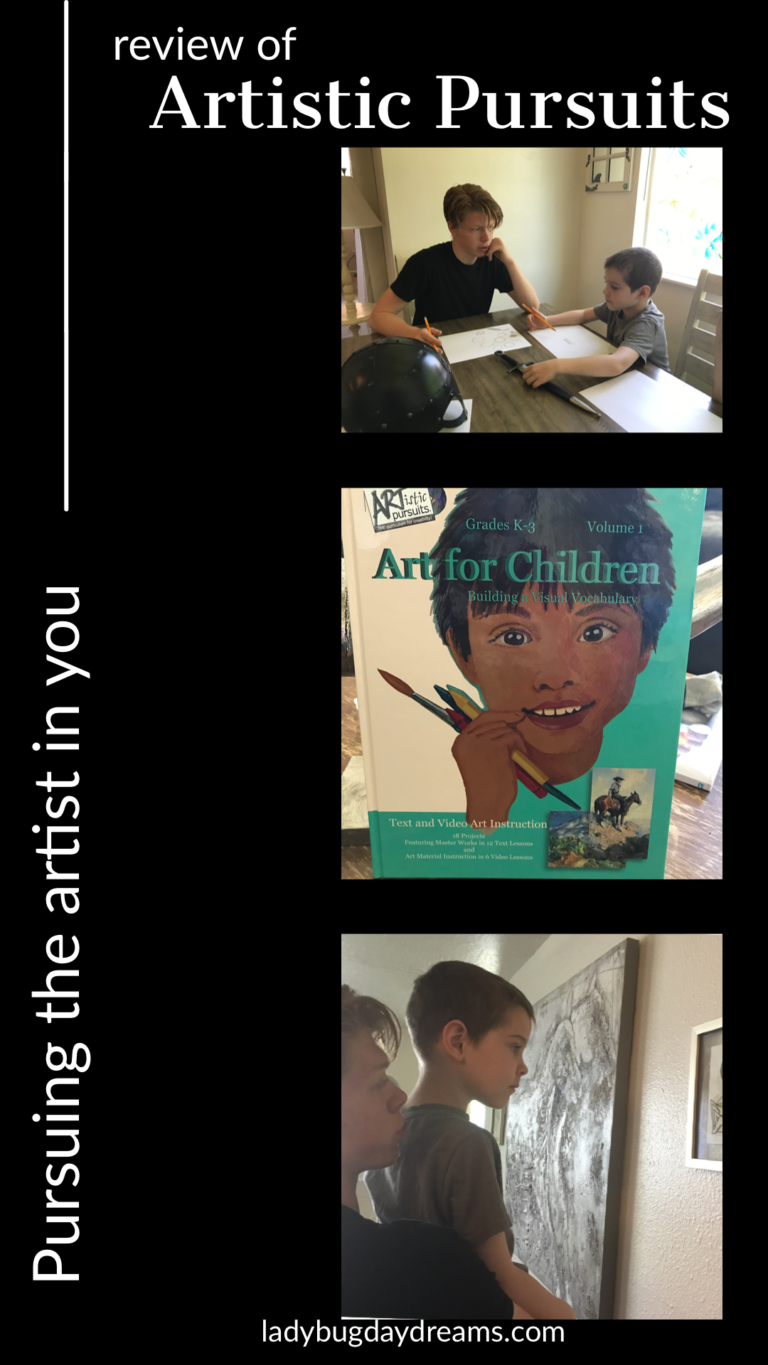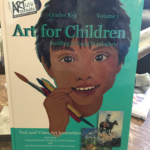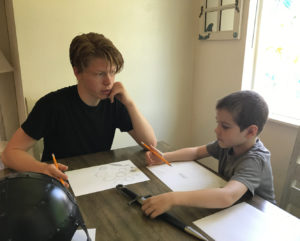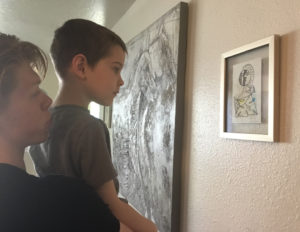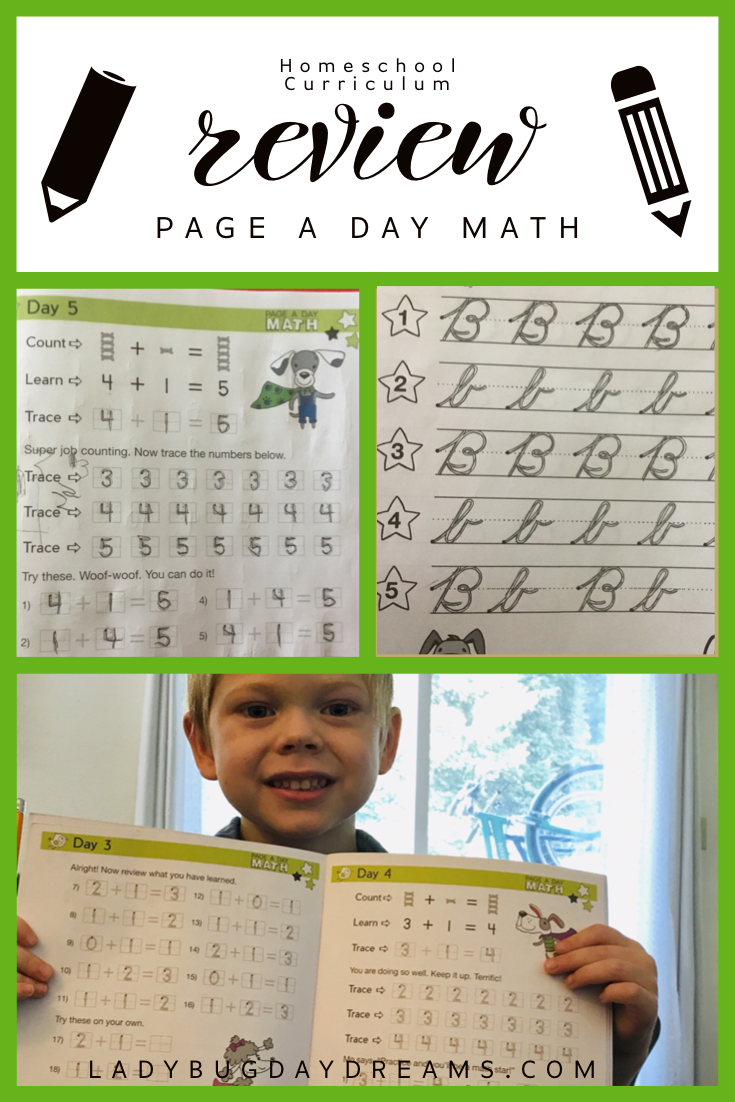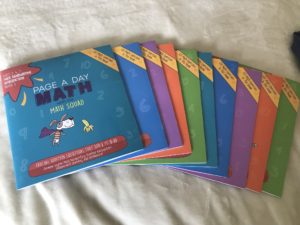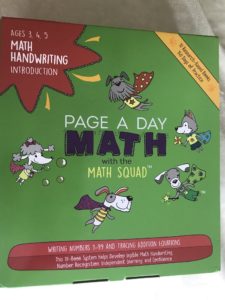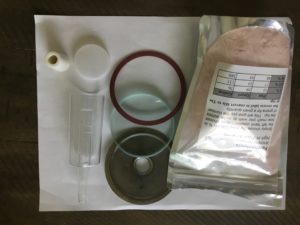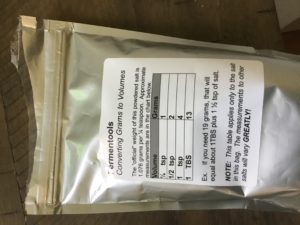Homeschool Easy Full Year Curriculum (review)
Disclaimer: I received a FREE copy of this product through the HOMESCHOOL REVIEW CREW in exchange for my honest review. I was not required to write a positive review, nor was I compensated in any other way.
We have homeschooled our kids from the very beginning; none of them have ever attended a public (or private) school. For nearly that entire time, I have wanted to try a “everything provided, open and go” curriculum. So when the opportunity to review Homeschool Easy, I practically begged to be chosen. Homeschool Easy provides full curriculum for grades 1-5, so I chose the 3rd Grade Entire School Year Curriculum for Grasshopper (who is 8 now).
When I first got access to the product, which is digital downloads, I immediately went to my computer and clicked the appropriate link. This took me to a folder which contained all of the worksheets needed for the whole year’s lessons. It was very easy to download them and place each subject in a folder within the “Homeschool” file on my desktop, and then to open and print each week. The 3rd Grade curriculum contains 32 weeks worth of lessons in the subjects of grammar, math, history, science, reading, book reading, and writing. We have been using all of them except math (because our current math curriculum is working so well I didn’t want to mess with it) and book reading (because Grasshopper is still building up to novel reading).
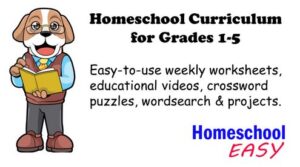 Each week, usually on Sunday evening, I get on my laptop and open the files I need. The various subjects are broken down into weeks; some of them are broken down into months and then weeks, but in the end the PDFs are all weekly. I open the weekly PDF and print out the pages. Then I write the dates we’ll be doing each page at the top, hole punch them, and put them into Grasshopper’s binder. After we’d been working on the curriculum for a couple of weeks, I asked him if he wanted me to organize the pages by subject or by date. He chose by date, so that’s how they’re in the binder right now. When we finish the school year, I’ll likely rearrange them into subjects since that’s more standard, but for now I want to keep things working for him as best as they can. It’s one tiny way he can have a bit of control over his school day.
Each week, usually on Sunday evening, I get on my laptop and open the files I need. The various subjects are broken down into weeks; some of them are broken down into months and then weeks, but in the end the PDFs are all weekly. I open the weekly PDF and print out the pages. Then I write the dates we’ll be doing each page at the top, hole punch them, and put them into Grasshopper’s binder. After we’d been working on the curriculum for a couple of weeks, I asked him if he wanted me to organize the pages by subject or by date. He chose by date, so that’s how they’re in the binder right now. When we finish the school year, I’ll likely rearrange them into subjects since that’s more standard, but for now I want to keep things working for him as best as they can. It’s one tiny way he can have a bit of control over his school day.
The worksheets are very self-explanatory. It’s not completely hands-off on my end, but there are moments that are, and that frees me up to work with Dragonfly (4) on some of his lessons. Or to fix lunch, or deal with the baby, or assign things to the teenagers… but I digress. Let’s get back to the worksheets, shall we?
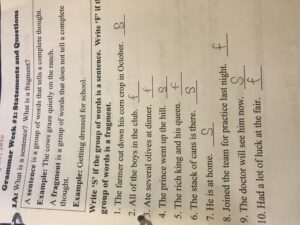 We usually start our day with Grammar. Grammar is my jam, and I love teaching it to my kids, so I’ve always done it first, even when the big kids were little. With many curricula, 3rd grade is the first time they introduce formal grammar (I don’t know for sure if that’s the case with Homeschool Easy because I haven’t seen the other years), so it starts quite basic. The first two weeks are all about different types of sentences (statements, questions, commands, and exclamations). It expands from there into word types, parts of sentences, proper comma usage, and more, but it starts slow. I support this method; the basics are super important, and it’s best not to rush them in something as important as grammar. Grammar is the most teacher-heavy of the subjects we did.
We usually start our day with Grammar. Grammar is my jam, and I love teaching it to my kids, so I’ve always done it first, even when the big kids were little. With many curricula, 3rd grade is the first time they introduce formal grammar (I don’t know for sure if that’s the case with Homeschool Easy because I haven’t seen the other years), so it starts quite basic. The first two weeks are all about different types of sentences (statements, questions, commands, and exclamations). It expands from there into word types, parts of sentences, proper comma usage, and more, but it starts slow. I support this method; the basics are super important, and it’s best not to rush them in something as important as grammar. Grammar is the most teacher-heavy of the subjects we did.
Third Grade history is all about America. The first month teaches Patriotism, and then it moves on to “normal” American history from there. The Patriotism lessons teach all about the flag, the bald eagle, the Statue of Liberty, and more. There’s even a short project assigned in which students research about their own state. In the second month, you dive right into the beginnings of America, starting with a bit of Native American history. The history lessons are each started with a video lesson which can easily be found on YouTube. After watching the video, there are questions to answer. I typically had Grasshopper watch the video on his own and then we worked together on the questions.
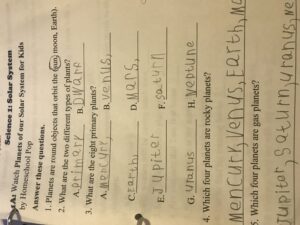 Science is much the same as history: watch a YouTube video and answer questions. The first three months are all about the Solar System, and my son has learned quite a lot about things through the videos that have been assigned. He’s gone over the order of the planets (which require a different mnemonic device than the one I was taught in third grade due to the demotion of Pluto), rocky planets vs gas planets, the approximate sizes of the planets, and a whole week on just the sun. When we finish the Solar System unit, there will be a month of Energy and Light, followed by 4 months to finish out the school year with Animals and Habitats.
Science is much the same as history: watch a YouTube video and answer questions. The first three months are all about the Solar System, and my son has learned quite a lot about things through the videos that have been assigned. He’s gone over the order of the planets (which require a different mnemonic device than the one I was taught in third grade due to the demotion of Pluto), rocky planets vs gas planets, the approximate sizes of the planets, and a whole week on just the sun. When we finish the Solar System unit, there will be a month of Energy and Light, followed by 4 months to finish out the school year with Animals and Habitats.
Writing is done two days a week instead of five, and it consists of a writing prompt question (Did you enjoy your summer break?) and many lines for the child to write on.
Reading is the most diverse of all the subjects in Homeschool Easy. Each week has a list of sight words, and they are used in various activities all week long. There are flash cards to print out and go over each day as well as the worksheets. Worksheet activities include fill in the blank, crossword, word search, and two days of comprehension.
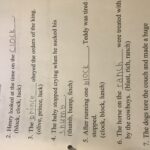 The two subjects we didn’t do are Book Reading and Math. Book reading assigns two chapter books each month. Each day has the child read 1-2 chapters and answer a few comprehension questions.
The two subjects we didn’t do are Book Reading and Math. Book reading assigns two chapter books each month. Each day has the child read 1-2 chapters and answer a few comprehension questions.
Math is pretty basic, and honestly, looked more like second grade stuff than third grade stuff to me (with the exception of the multiplication unit). It would have been very easy for Grasshopper to whiz through most of those lessons without even breathing hard.
Overall, I’ve been pretty happy with the Homeschool Easy curriculum. I love not having to worry about what to teach. That, by far, is the most stressful part about homeschooling for me. It’s not the actual teaching – it’s the planning and the worrying about “is it enough?” With a full curriculum like Homeschool Easy, I don’t have to worry anymore!
Make sure to head over to the Homeschool Review Crew blog to learn more about Homeschool Easy. Check out a few of the other reviews while you’re there – my fellow members have been reviewing all five of the grade levels.
Blessings,

